Sightseeing in the ancient capital of Nara
About 1300 years ago, the area comprising of Nara City and its surrounds was established as Japan's first permanent capital as opposed to previous capitals, which moved each time a new emperor was enthroned. Buddhism was the religion of the then ruling nobles, who embraced it when it was introduced to Japan in the 6th century. Many temples were constructed for worship, and a number of leading temples from previous capitals south of Nara City were moved to the new, permanent capital. A grand temple was then built in Nara to be the head of all other state-built temples. Today, the ancient capital contains a wealth of history in the form of the numerous cultural and historical treasures as well as temples that have endured the centuries, some of which are designated World Heritage Sites.
There are multiple train connections between Nara and the major cities of Kyoto and Osaka, and a one way trip takes less than an hour. The city is well served by Kintetsu, a private railway company whose network extends as far as Nagoya and the Shima Peninsula and connects Nara with Kyoto and Osaka. Transport information to Nara can be found in the access section below.

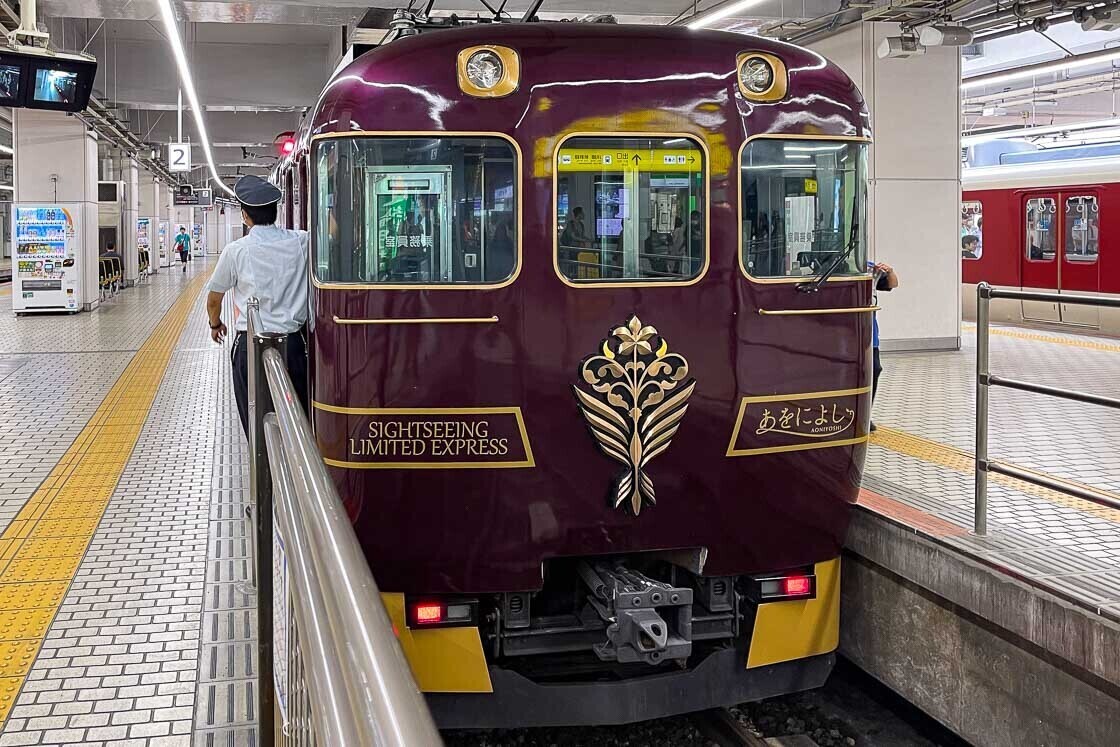
Many visitors go to Nara typically as a day trip. However, the best way to fully appreciate the ancient capital is to stay overnight, which was what I did. I spent my first day visiting two temples and a shrine that were influential in shaping the ancient city before going to my accommodation. The next day, I went to a Japanese garden, then explored Nara's former merchant town in the city center. I had dinner in the old town and concluded my trip with a visit to a local craft beer brewery.
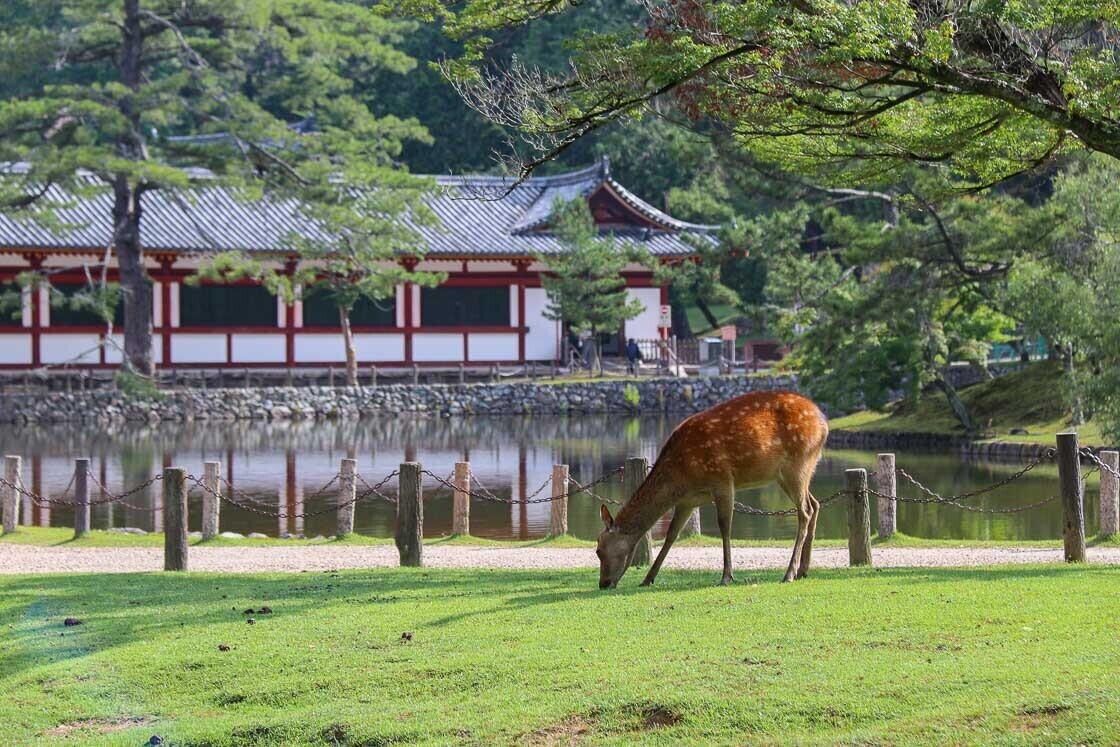
Day 1: World Heritage temples in central Nara
My first stop in Nara City is Kofukuji Temple, the family temple of the Fujiwara clan who were the most powerful family in Japan during the 8th to 10th centuries. At the pinnacle of the family's influence, Kofukuji was one of the most powerful temples in the country, containing many temple buildings and housing thousands of monks. A small number of historical structures have survived the centuries, and can be seen in the comparatively modest temple grounds today.
The most important building at Kofukuji is the Chukondo or Central Golden Hall. The hall burned down seven times since its original construction, and in 2018, a full-scale reconstruction of the Chukondo was completed, restoring it to its original grandeur. Another building not to be missed at Kofukuji is its National Treasure Hall, which contains one of the most impressive and celebrated collections of Buddhist art in Japan. Many of the exhibits are national treasures.
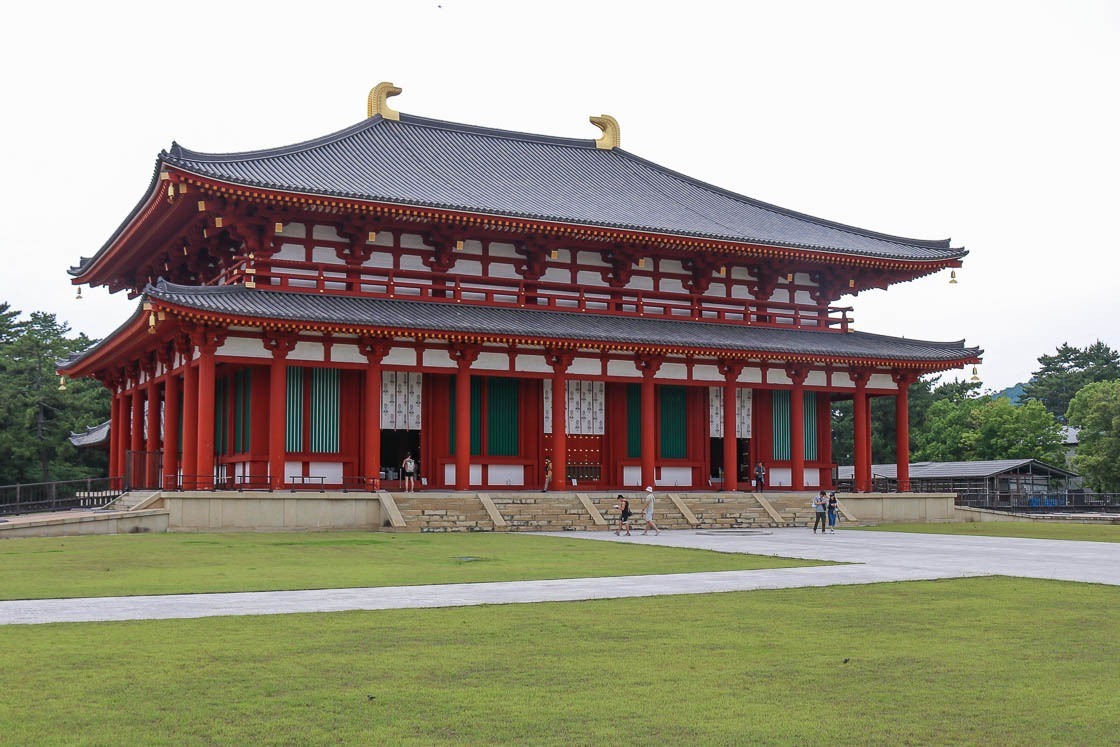
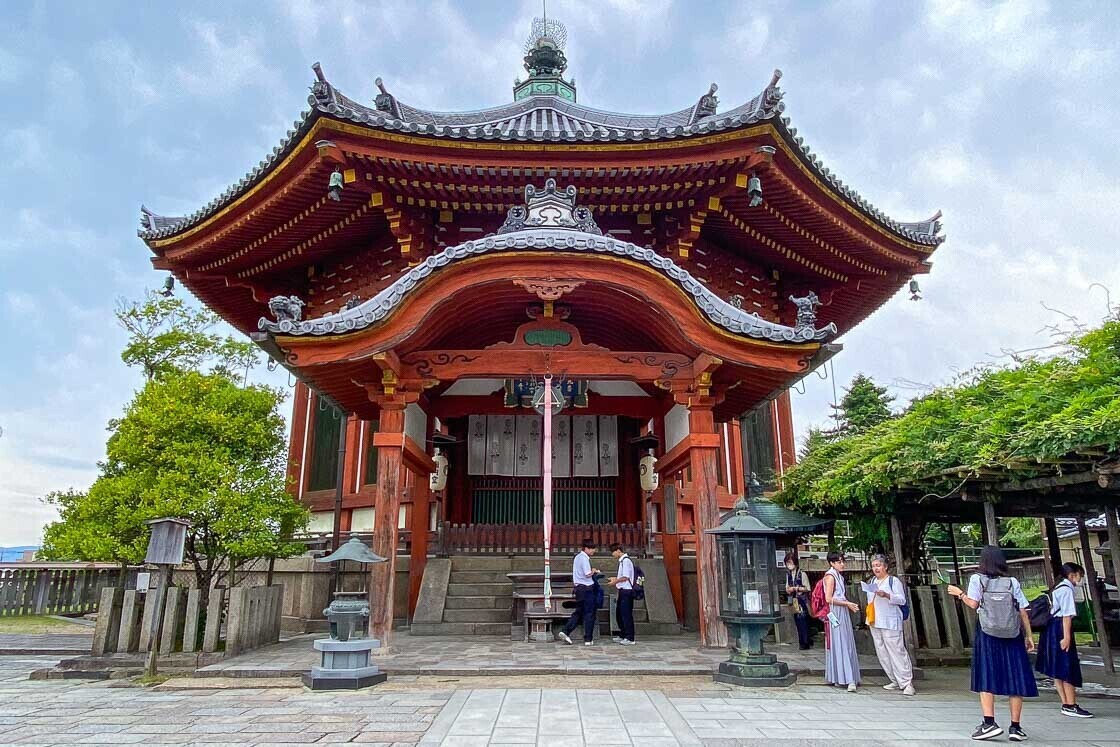
I continued on to Todaiji Temple, one of greatest temples in Japan. The historically significant temple was known under a different name until 747, and started off as a head temple in the region before being appointed as the principal temple of all government-run temples in the nation.
The approach to the temple is marked by a massive 25 meter tall wooden gate known as the Nandaimon. It takes about half a day to tour the expansive temple grounds, but focusing on visiting a few main buildings will take considerably less time. I headed straight for Todaiji's main hall, the Daibutsuden, which is a must visit when in Nara. The main object of worship in the Daibutsuden is a 15 meter tall bronze statue of Buddha that towers over all visitors to the hall.
From the main hall, I make my way eastwards to the Nigatsudo Hall. Known for its beautiful views of Nara, the hall is also the location of Shunie, one of Japan's oldest recurring annual Buddhist ceremonies, which has been held over 1270 times without disruption since it began! The ceremony takes place over the first two weeks of March, and some of the rituals involve plenty of fire.
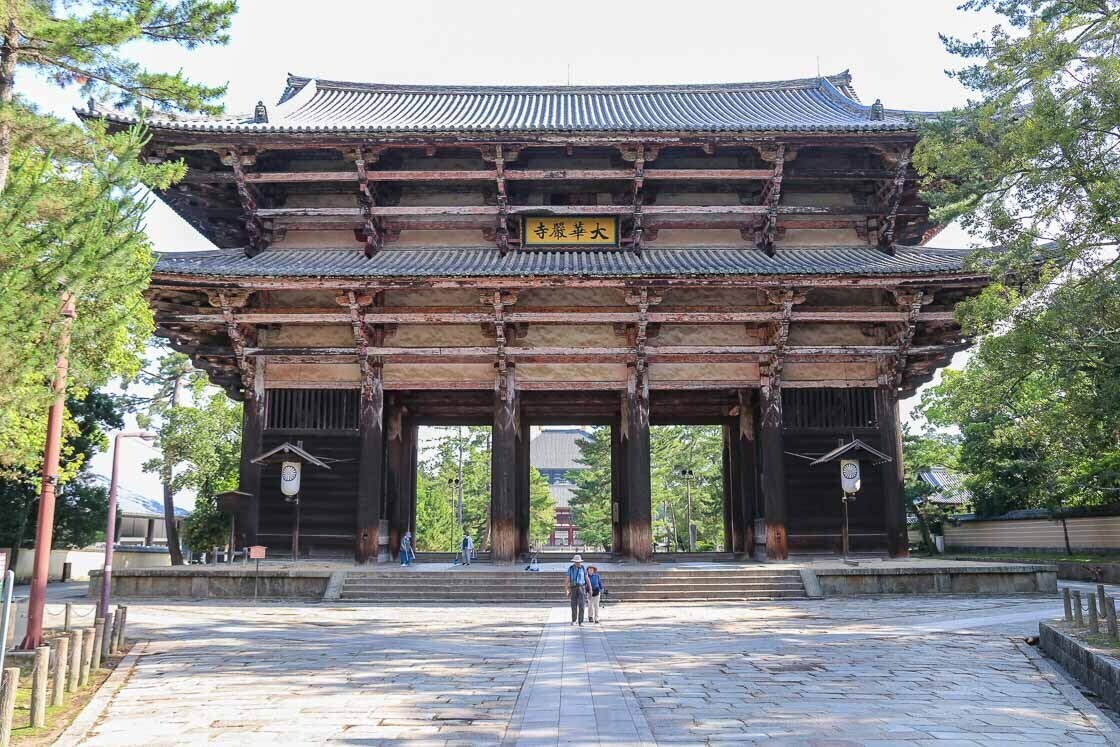
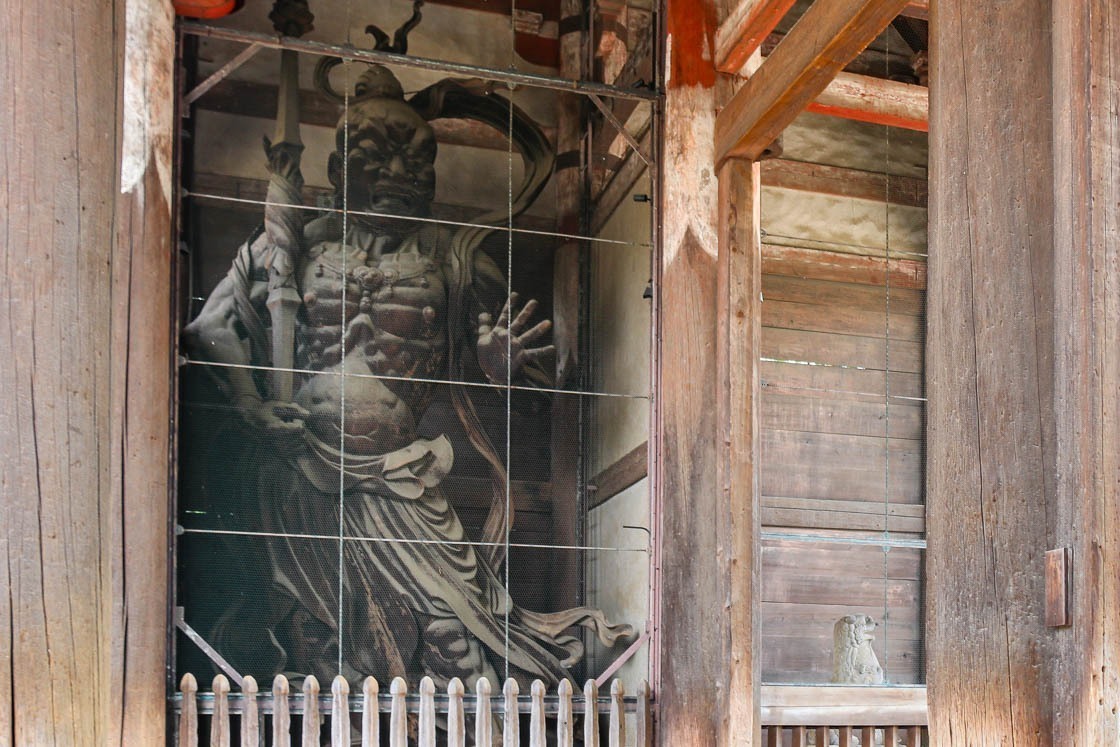
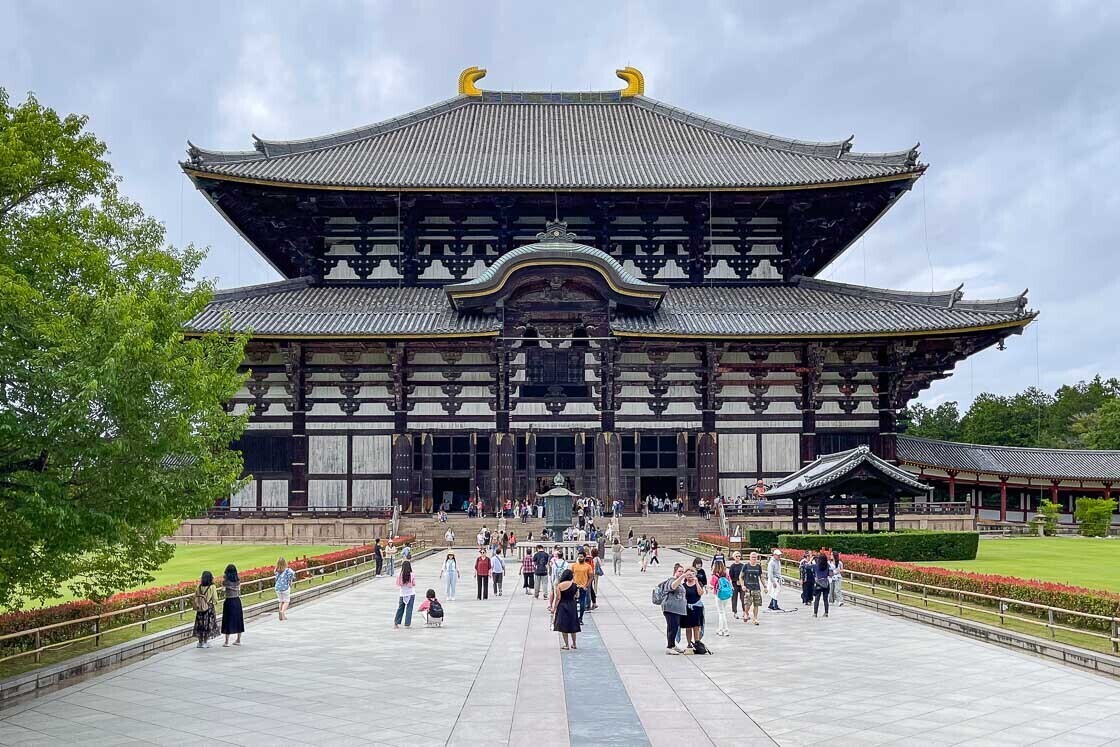
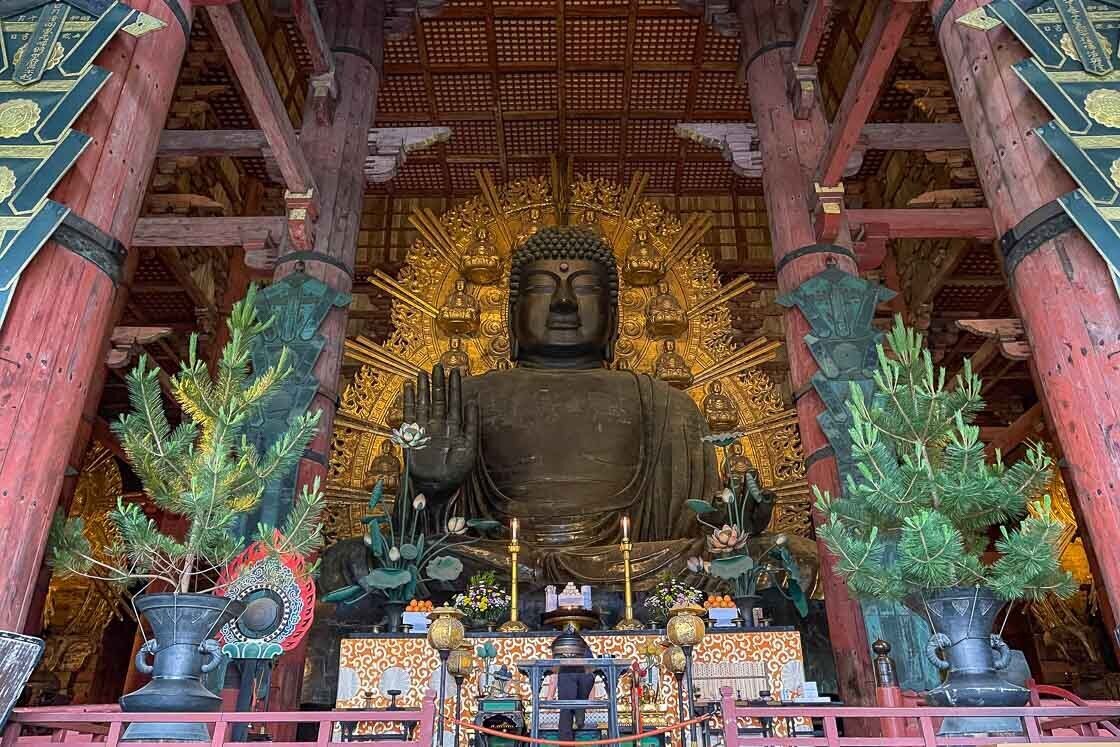
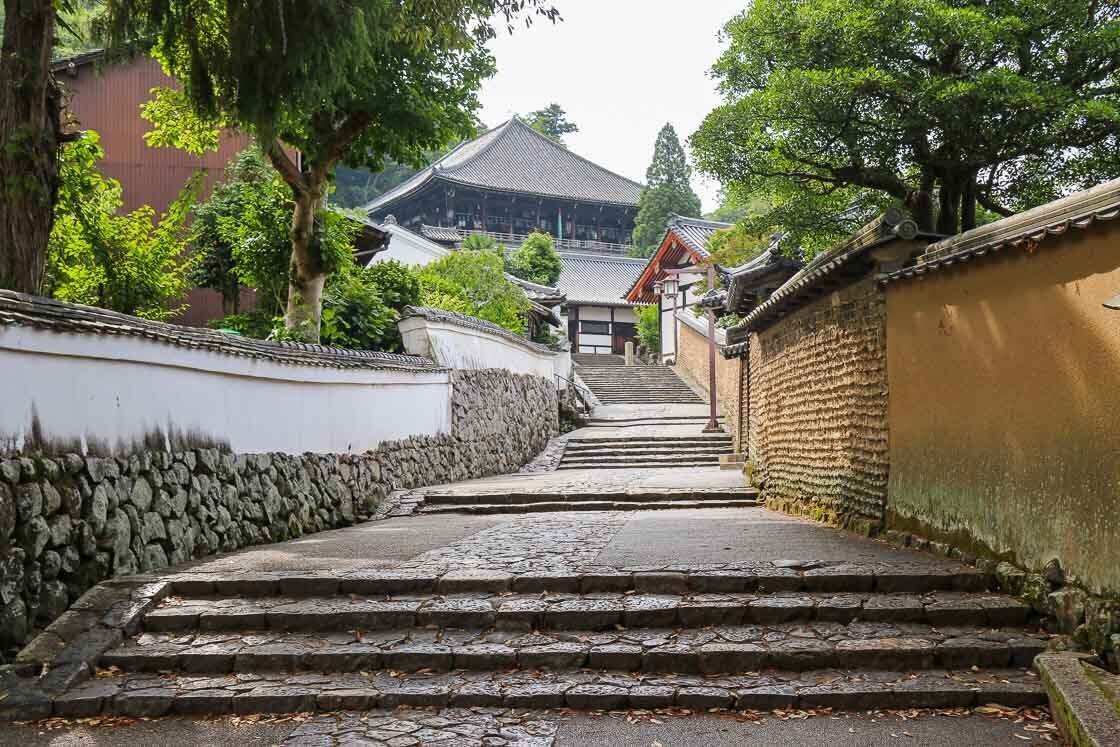
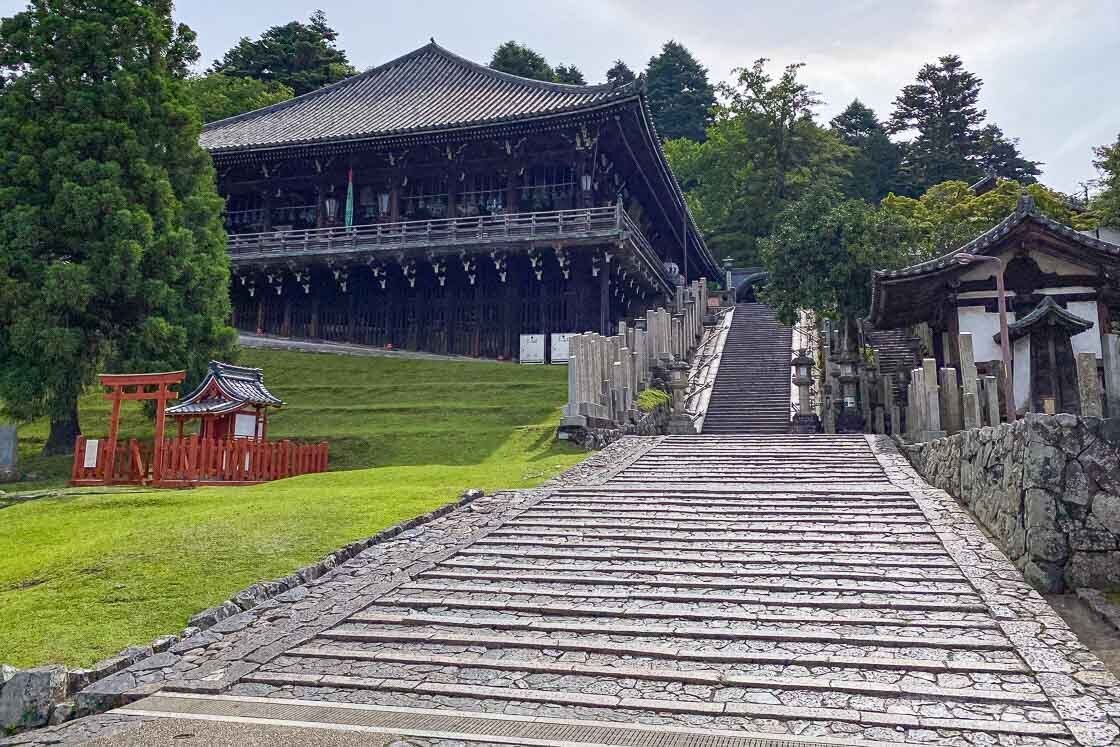
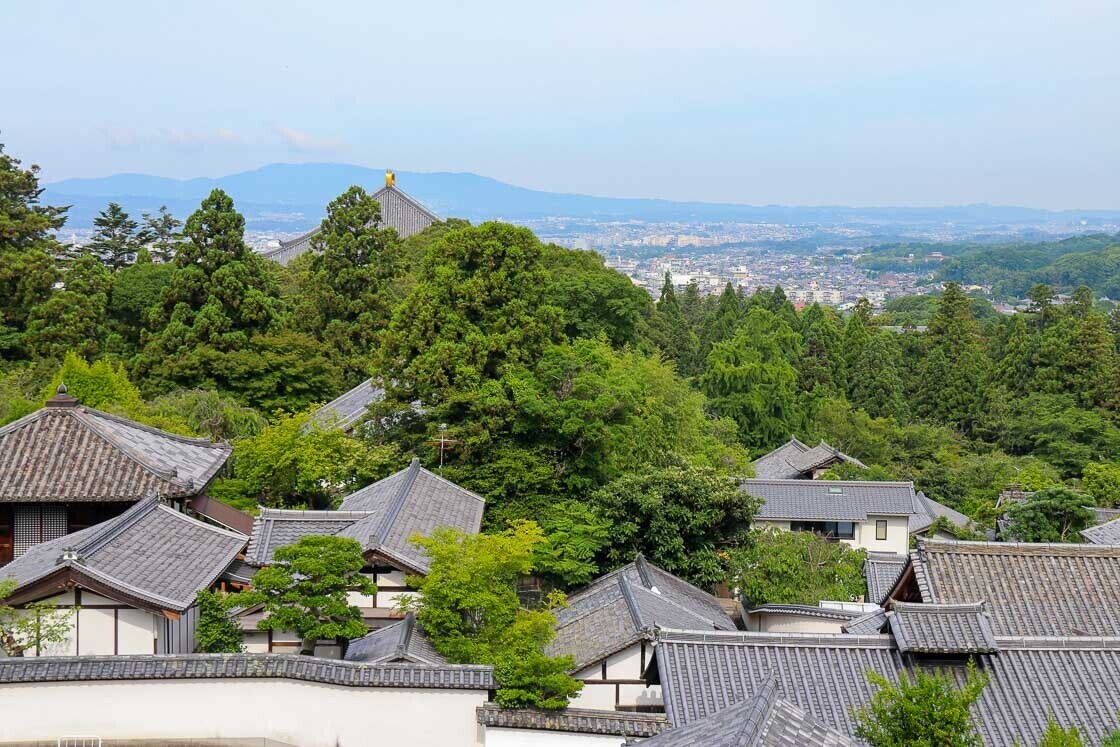
Next, I proceeded to Kasuga Taisha, the most famous Shinto shrine in the city. It was established by the same Fujiwara Clan behind Kofukuji Temple, for the peace of Japan and prosperity for the people. The shrine is located in a forest, which provides a serene and spiritual atmosphere. The spacious shrine grounds are free to enter, but the highlight is the paid inner area, where one can get a closer view of the vermilion painted main hall. In addition to the numerous shrine buildings, other spots of interest at Kasuga Taisha include a treasure house, botanical garden and the deer sanctuary.
It is recommended to look at the shrine's building style as Kasuga Taisha is the origin and namesake for one of the more common architectural shrine styles known as Kasuga-zukuri. One characteristic of this style is its graceful, slightly curved front roof, which extends over the steps leading up the building and is conjoined to the main roof.
Behind Kasuga Taisha's main hall is the shrine's sacred mountain and dwelling place of its enshrined deity located in a primeval forest that is off limits to the public. Hiking along the circumference of the protected forest takes about four to five hours. In fact, this forest is what sets Nara City apart from the others in that no other prefectural capital has an ancient forest within its city limits.
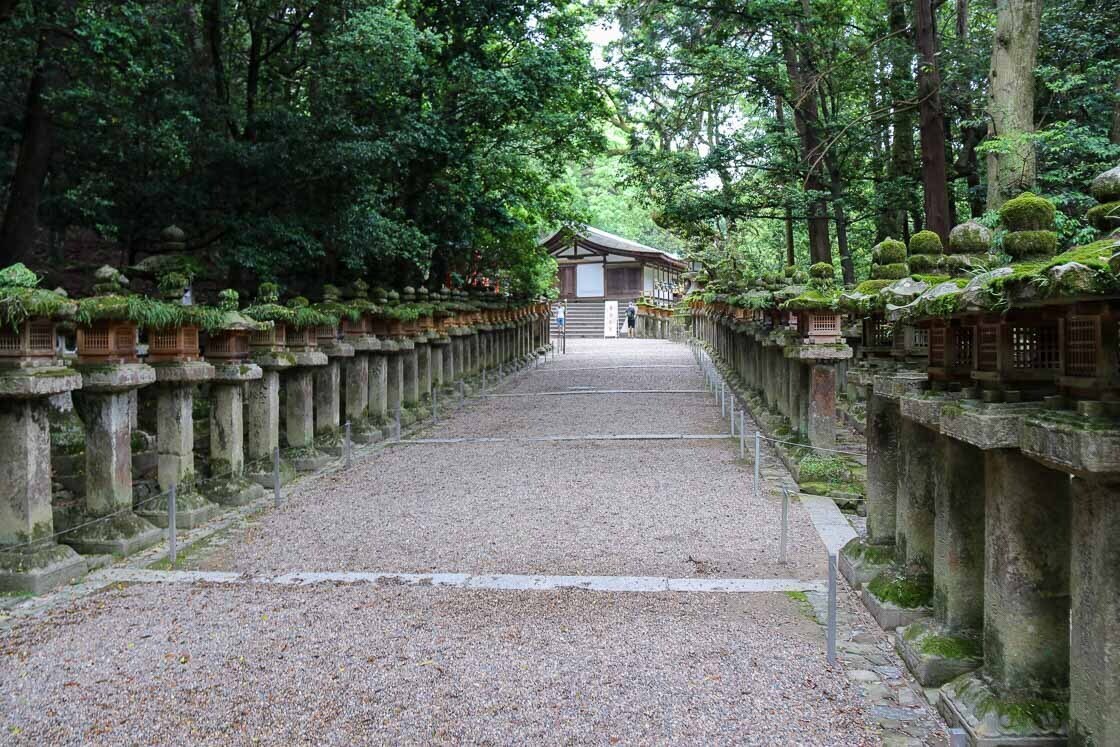
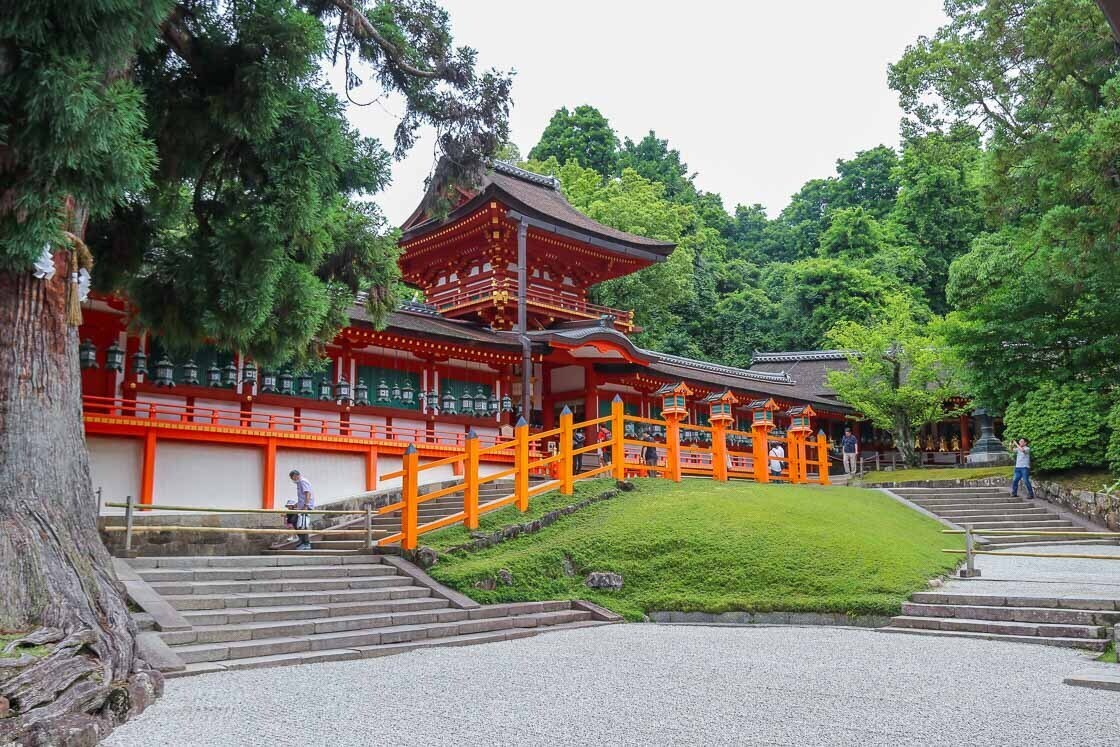
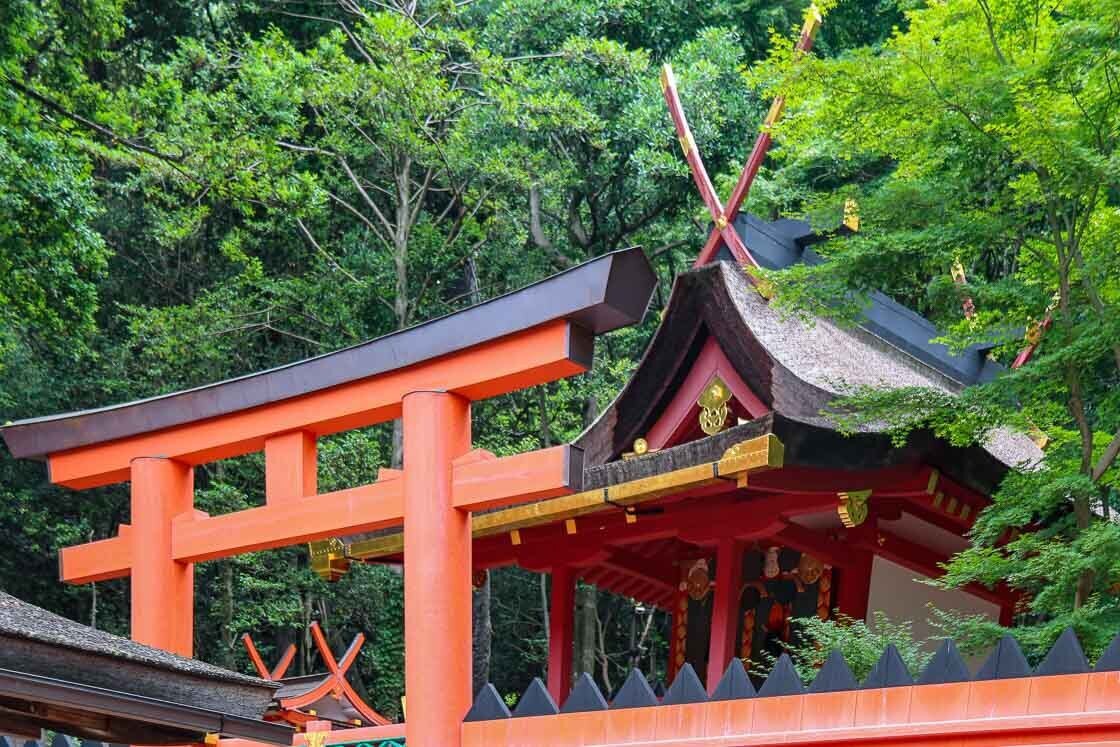
Following that calming visit to Kasuga Taisha, it was time to head to my accommodation for the night, Mikasa Ryokan. The hotel is located midway up Mount Wakakusayama, a 342 meter tall mountain known for its views of Nara city and cherry trees. A free shuttle bus is available for staying guests arriving by public transport, and I took the bus from the Mikasa Ryokan service counter in the city near Kintetsu Nara Station.
At approximately 200 meters in elevation, guests at Mikasa Ryokan can look forward to nice views of the city and a comfortable stay featuring Japanese-style rooms, outdoor baths and delicious meals. Despite being just minutes from the city center, the hotel surroundings were very peaceful and laid-back, ensuring that all guests would have a restful stay.

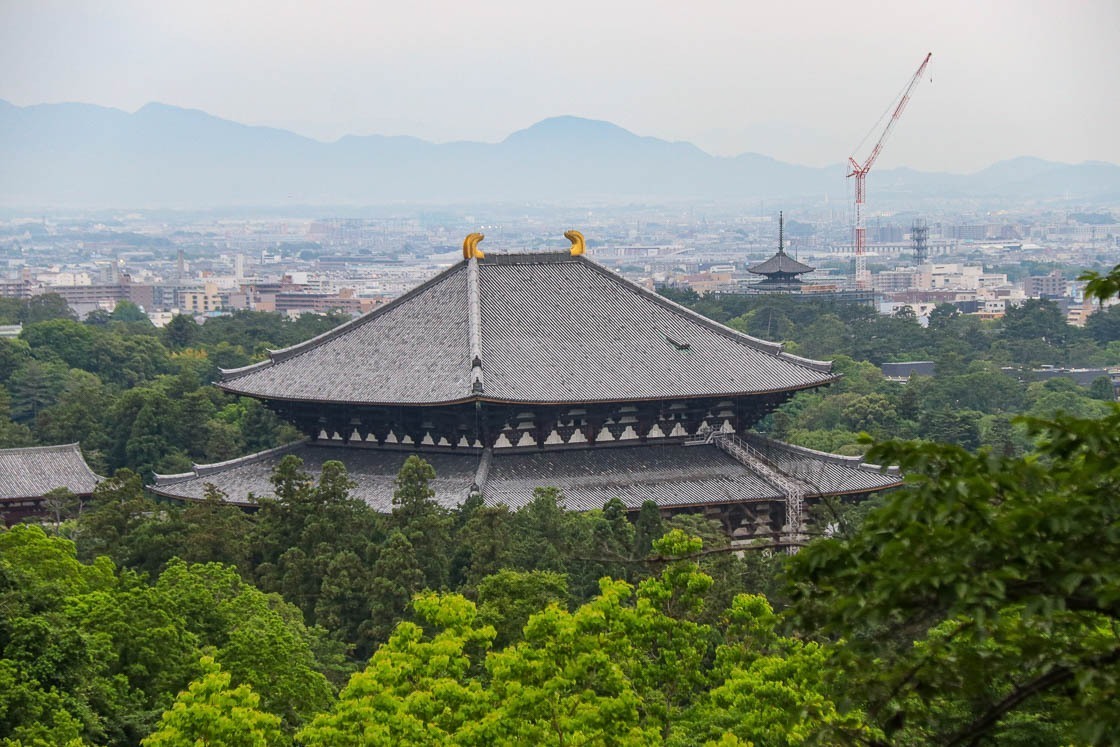
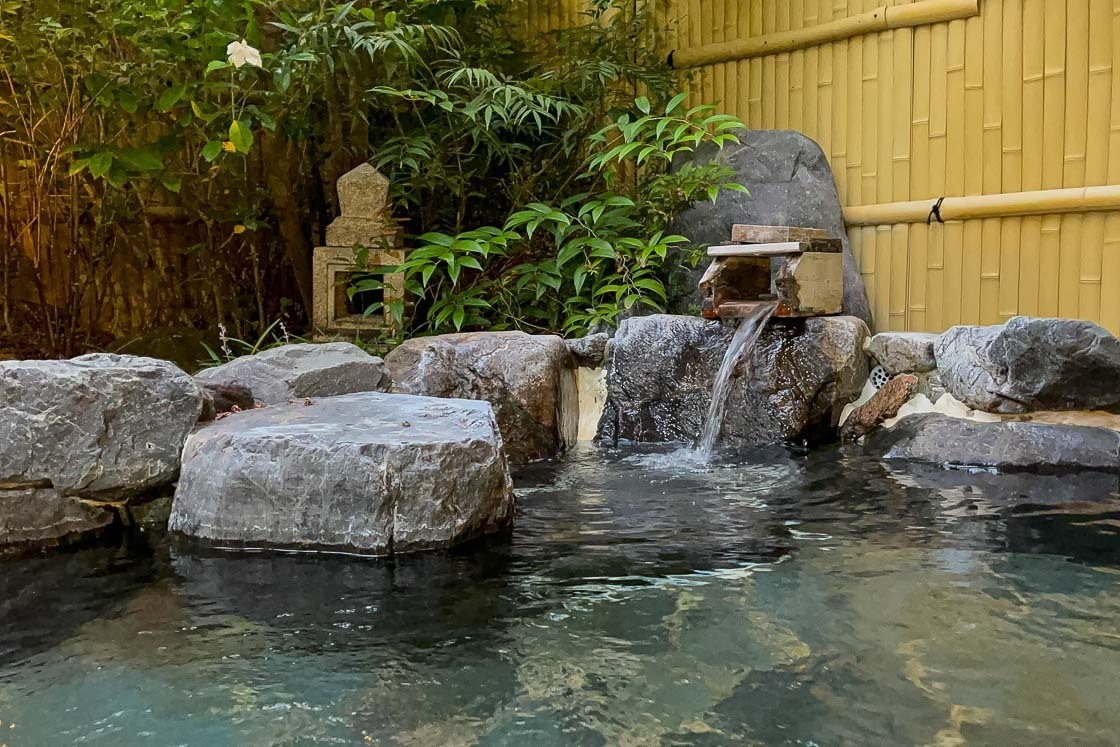
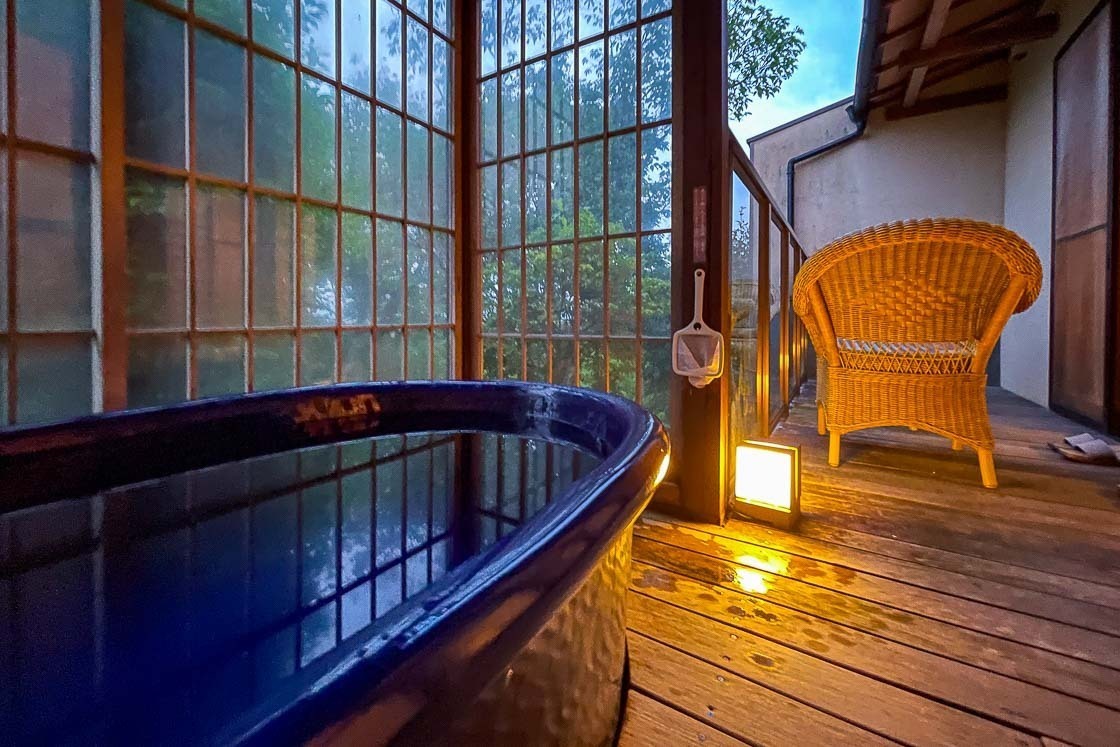
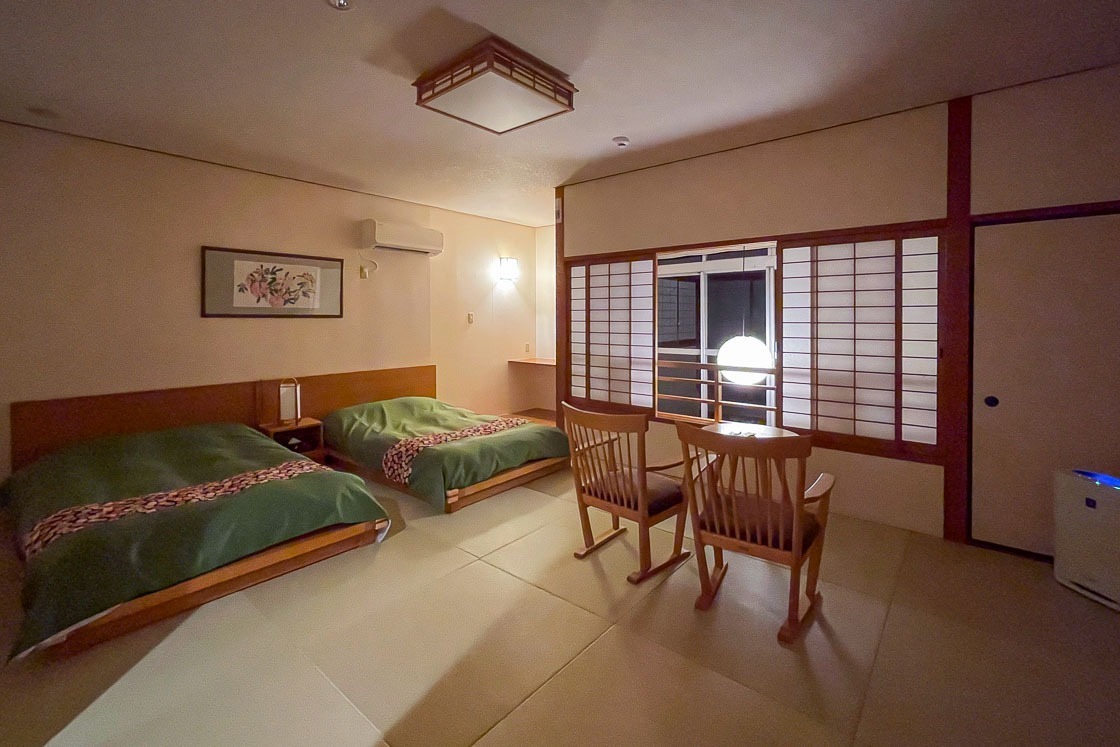
Day 2: Garden and former merchant town
After breakfast, it was time to check out of Mikasa Ryokan. In addition to the shuttle service between the hotel and train stations, another value-added service offered, which I personally found to be extremely useful, is their luggage storage service. Luggage stored at the front desk after check out will be transported to the service counter in the city, from where it can be picked up. I left my extra bag with the front desk, then took the shuttle bus into the city for more sightseeing.
The shuttle bus dropped me near Isuien Garden, my first stop for the day. The Japanese landscape garden is located between Kofukuji and Todaiji, both of which I visited the day before. Isuien is made up of two gardens that showcase the different periods they were created. The front garden, near the entrance, is the older of the two and dates back to the late 17th century, while the rear garden was created in the early 20th century.
The verdant greens and the sound of flowing water from the ponds muffled the sounds of tourists outside the garden and slowed time down for me, making my time in the garden very pleasant. I heard that Isuien is also a nice place to see autumn colors in fall, and have no doubt that it would be nothing short of wonderful.
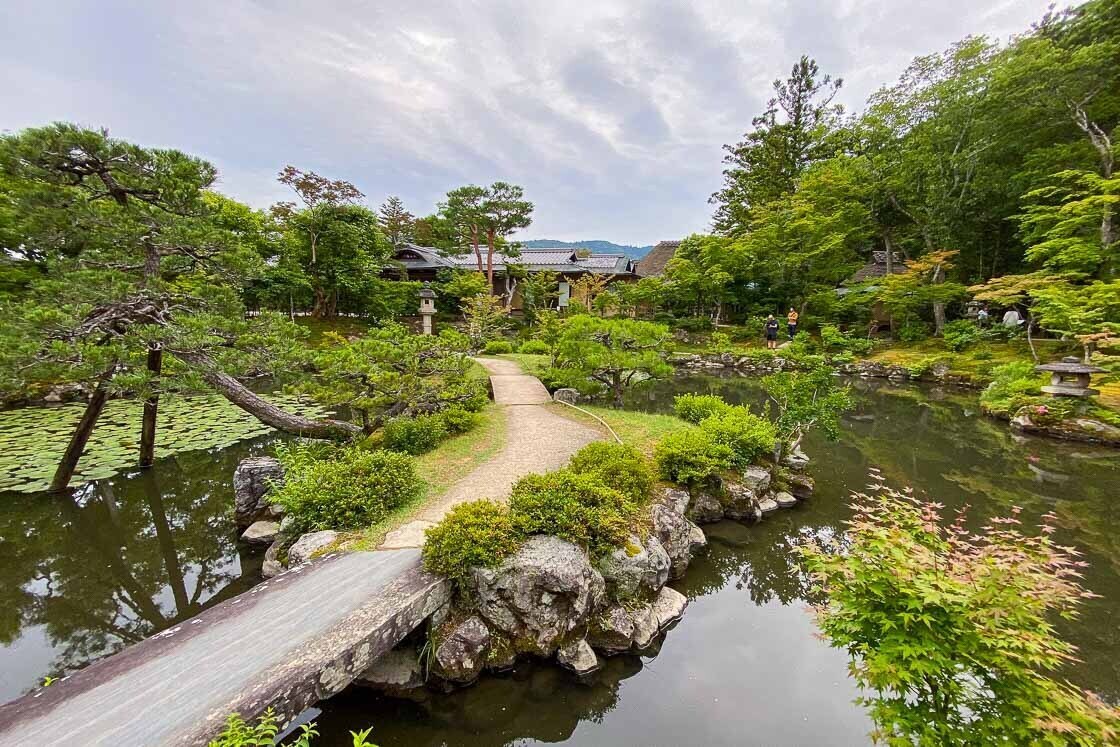
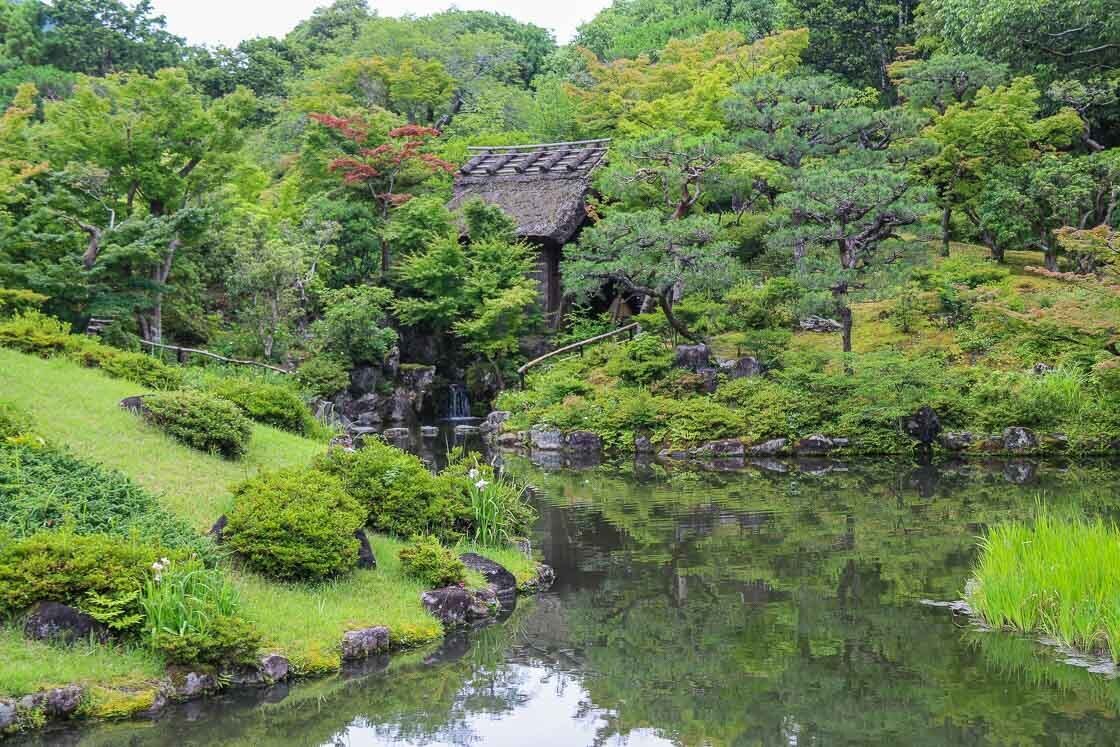
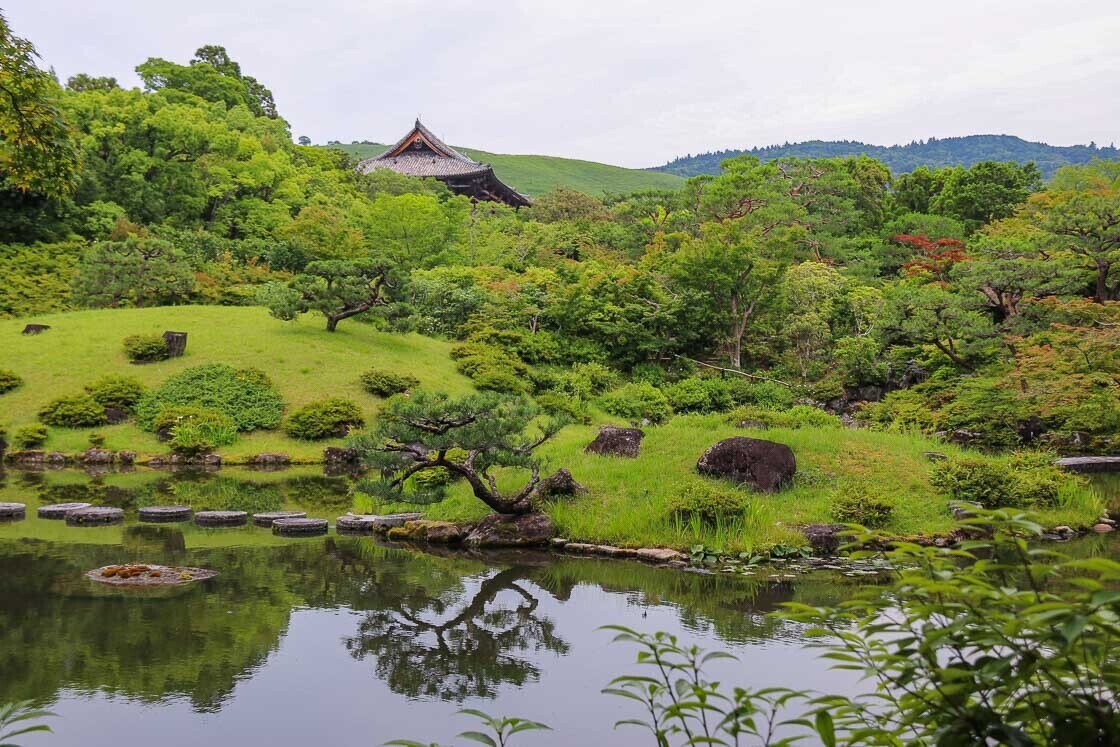
From Isuien, I made my way to Naramachi, the former merchant district not far from Kintetsu Nara Station. The district retains a pleasant old-fashioned atmosphere with its nicely preserved and restored buildings, and narrow roads.
Within Naramachi, my first stop was Gangoji Temple, which can be thought of as Japan's first Buddhist temple. The temple was originally built over 1400 years ago in the village of Asuka about 20 kilometers south of Nara, where several previous capitals were located. Formerly known as Asukadera, the temple was moved to Nara, when the capital was established, and renamed.
The grounds of Gangoji are modestly sized compared to the temples and shrines I visited yesterday, but there were still treasures to be found. As a matter of fact, Gangoji is also one of the sites alongside the three visited yesterday that are specially designated as national treasures and World Heritage Sites. Being Japan's first Buddhist temple, it is fitting that some of the oldest roof tiles in the country can be seen here.
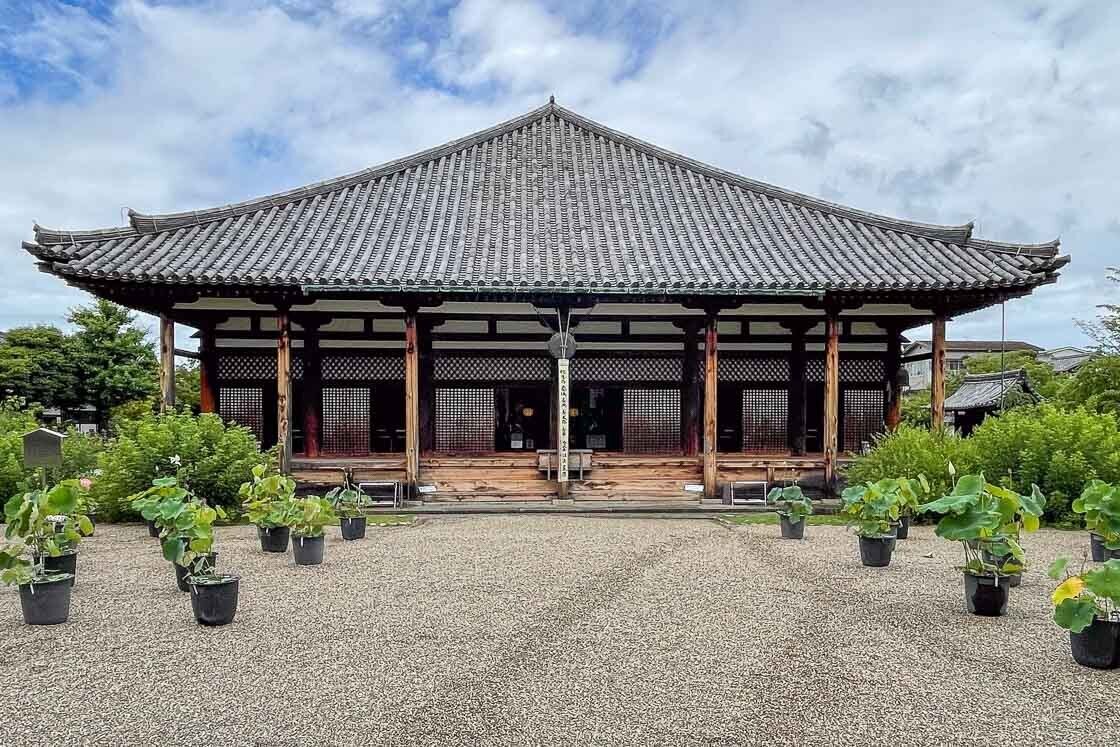
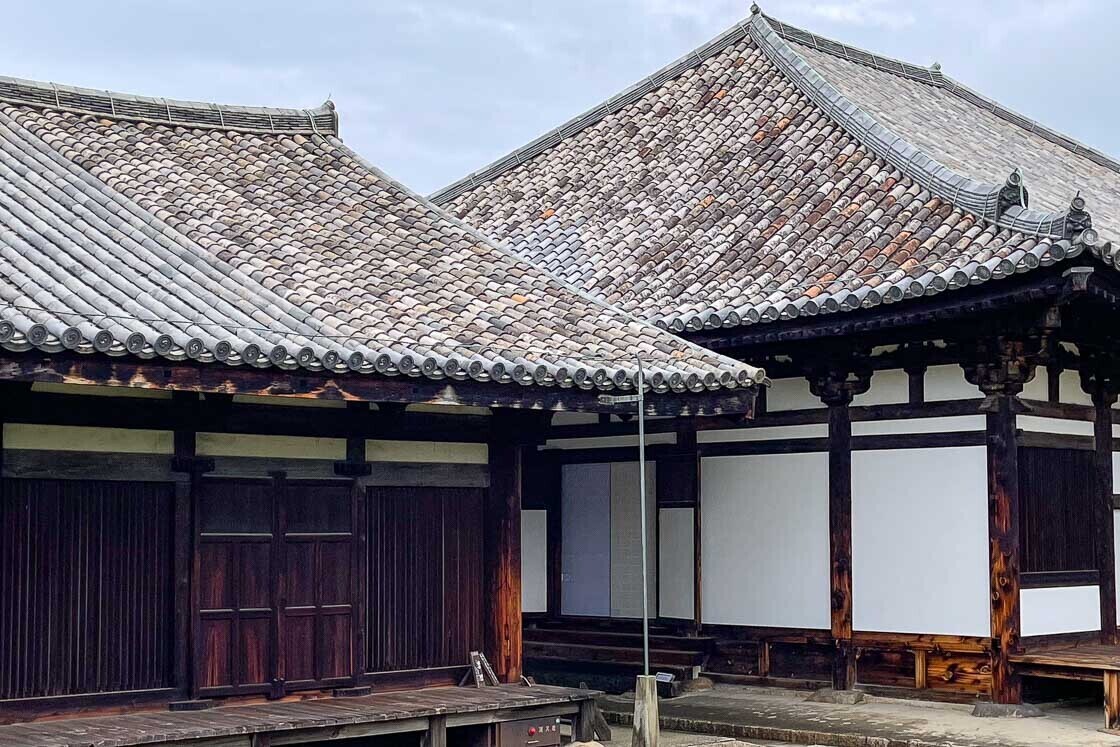
A stroll through Naramachi would be incomplete without seeing any of the merchant townhouses or machiya as they are known in Japanese. Machiya are merchant houses where the shop space is in the front while the rest are living quarters. As taxes used to be calculated based on the width of the storefront, machiya tend to be narrow in the front but long to create space.
Koshi no Ie, a restored machiya about ten minutes on foot from Gangoji Temple, is a good example of a merchant residence that is open to the public. I found it educational to see up close the inner design and style of a machiya, and it wasn't difficult to imagine how its original owners may have lived back in the day.
Approximately five minutes on foot is the Karakuri Toy Museum, another restored machiya that has been converted into a museum displaying recreations of mechanical toys from 200 to 300 years ago. More than seeing traditional architecture, the highlight for me was playing with the old-fashioned toys, which obviously offered a very different engagement style compared to games on handheld devices. About 200 reproduced mechanical toys are rotated at the museum, so visitors are likely to find new toys on their next visit.





After all that walking, I headed for my dinner appointment at Edogawa, a freshwater eel restaurant at the border of Naramachi and the city's shopping arcade. Unagi is a popular dish, and there are many unagi restaurants in Japan, but not many serve full unagi multi-course or kaiseki meals. Edogawa is one such restaurant offering an unagi kaiseki dinner experience in a private space that is separate from the main dining area.
The unagi kaiseki dinner experience requires advance reservations, and availability is limited to only two groups (up to four diners per group) each night. Chefs prepare the freshwater eel to order, and diners will be treated to an experience of watching their dinner cooked before their eyes. My dinner contained unagi prepared in different ways, which I found to be a nice demonstration of the versatility of freshwater eel.
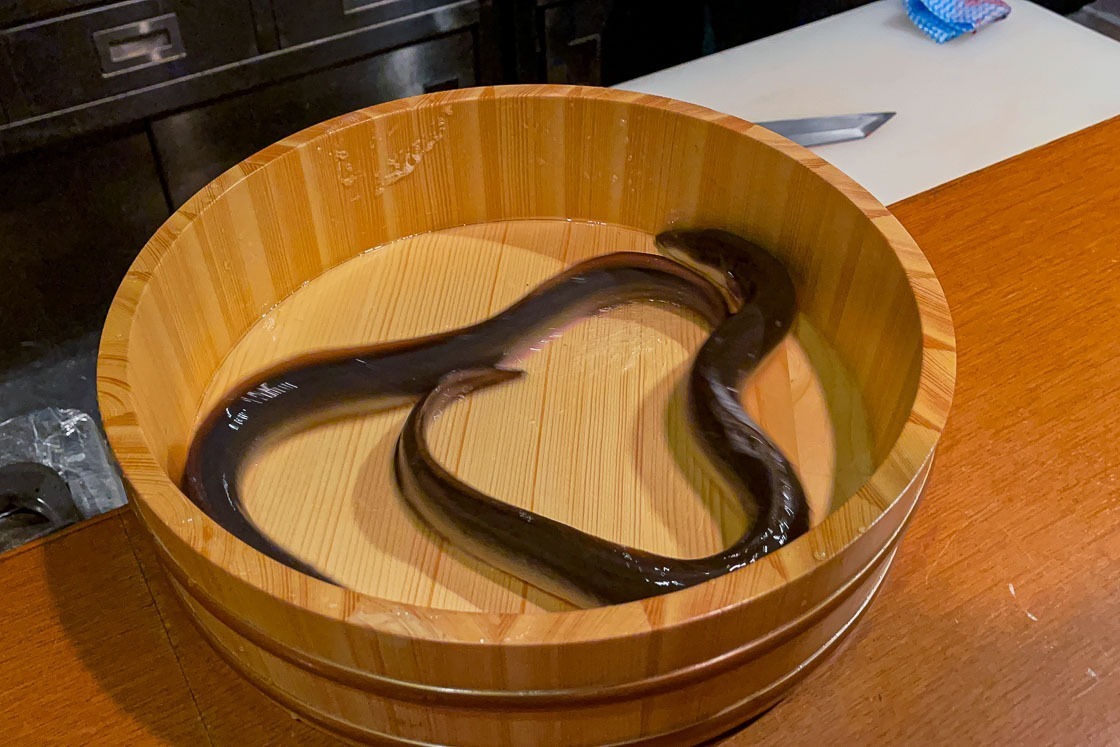
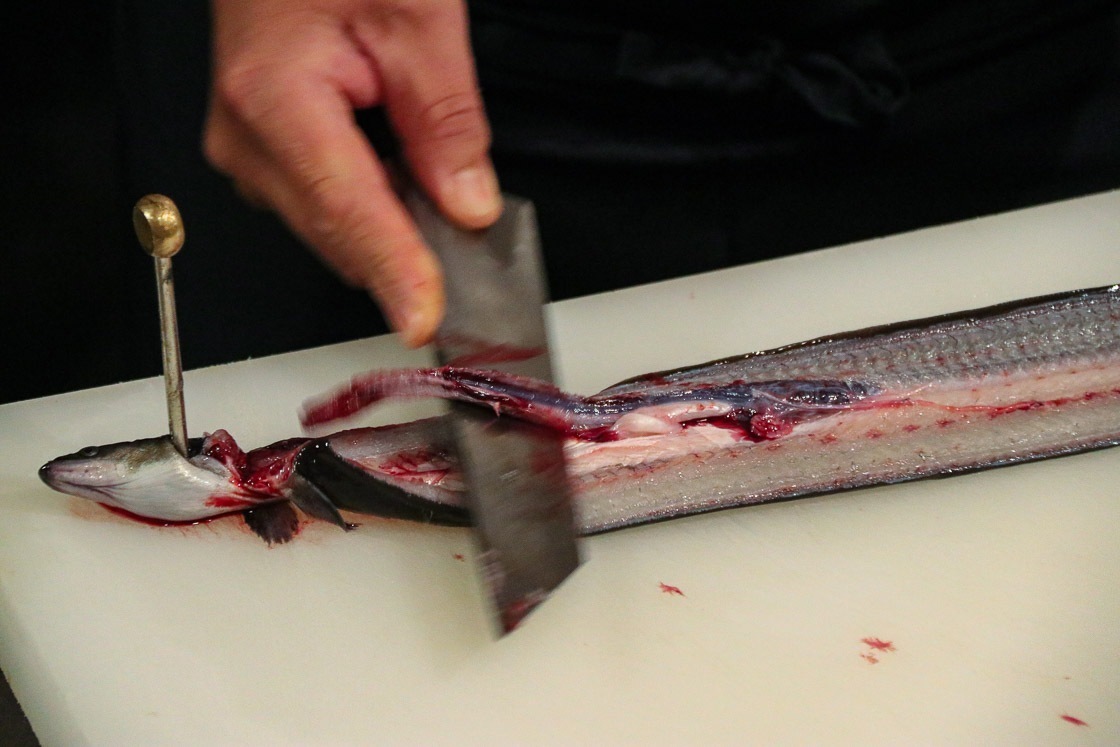
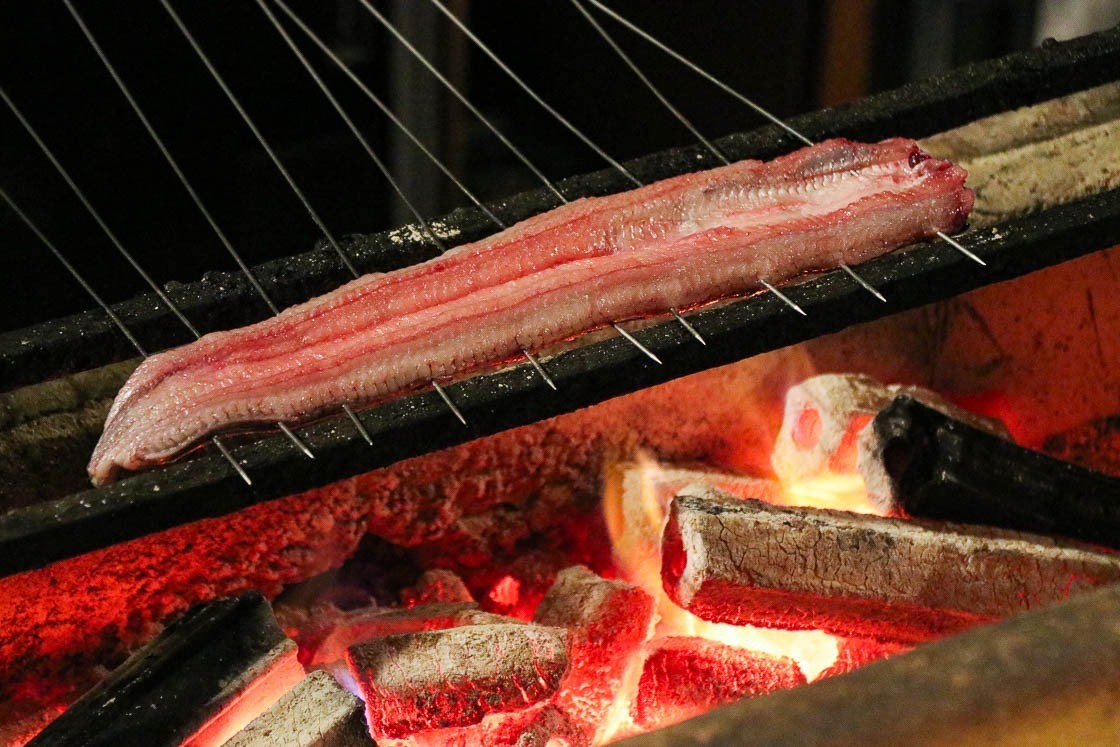
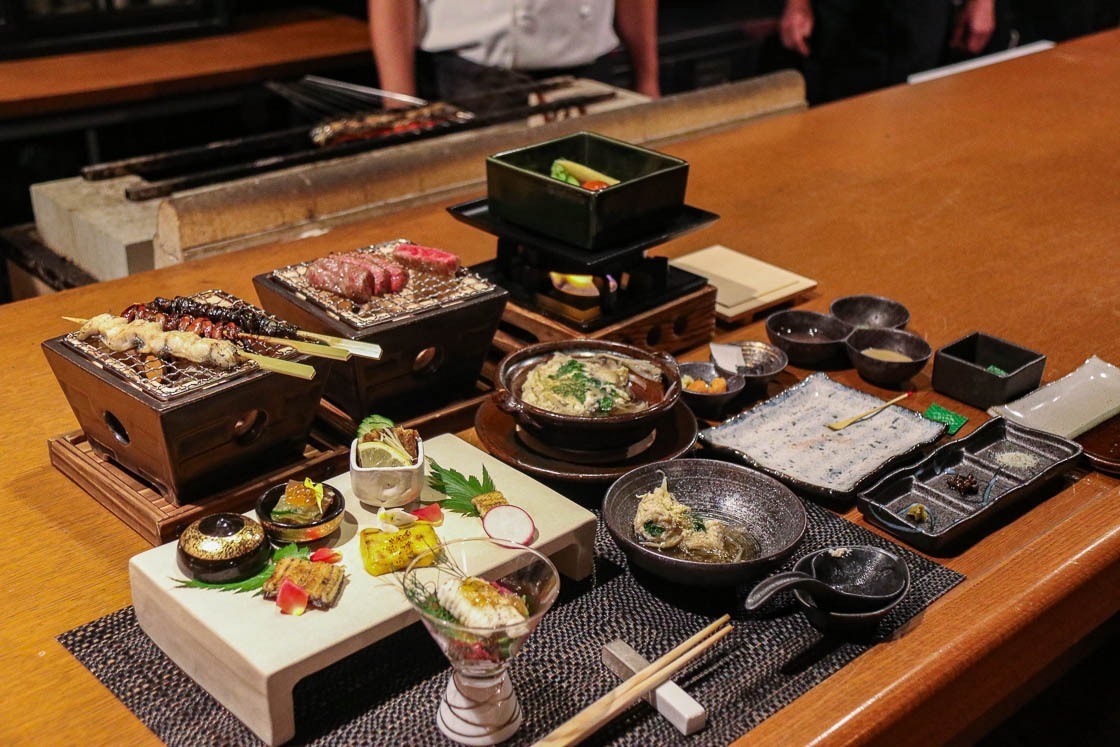
Before leaving Nara, I made one last stop at Yamato Craft Beer Table, a local craft brewpub with two locations - one beside Kintetsu Nara Station and the other not far away along Sanjo Street, which I visited. I ordered a flight of beer to celebrate my two good days in Nara.
Nara has so many good things going for it that I am glad I had this opportunity to explore it slowly over two days. Sayonara Nara, I will be back again soon!
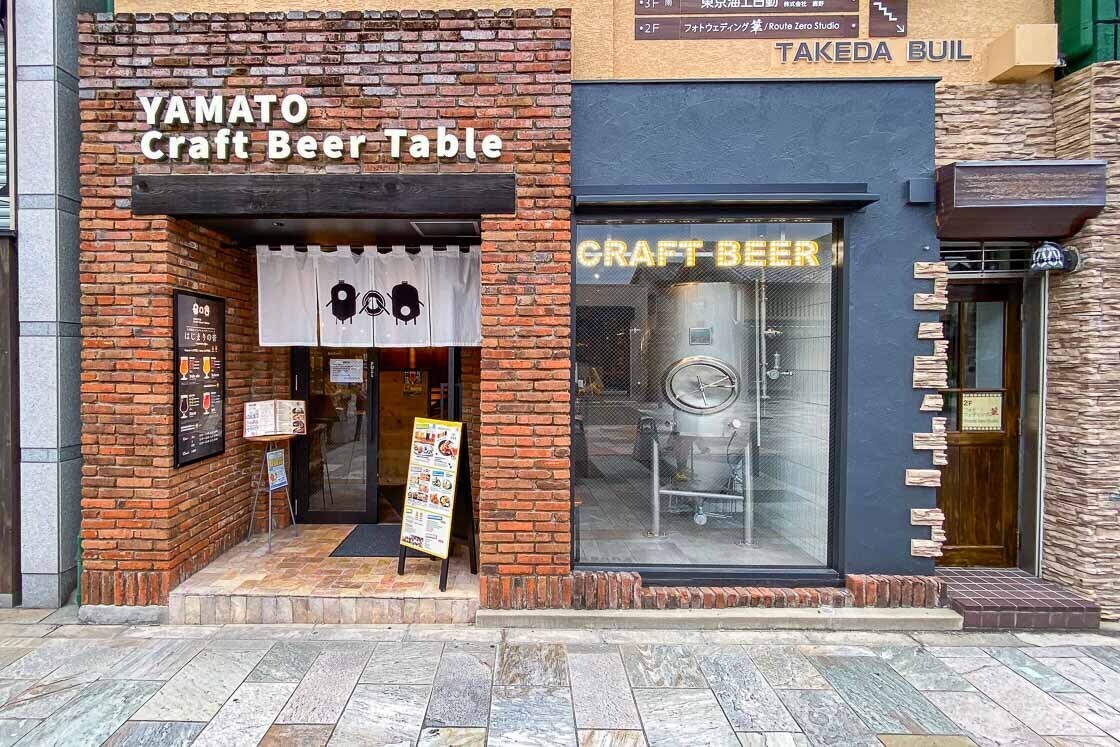
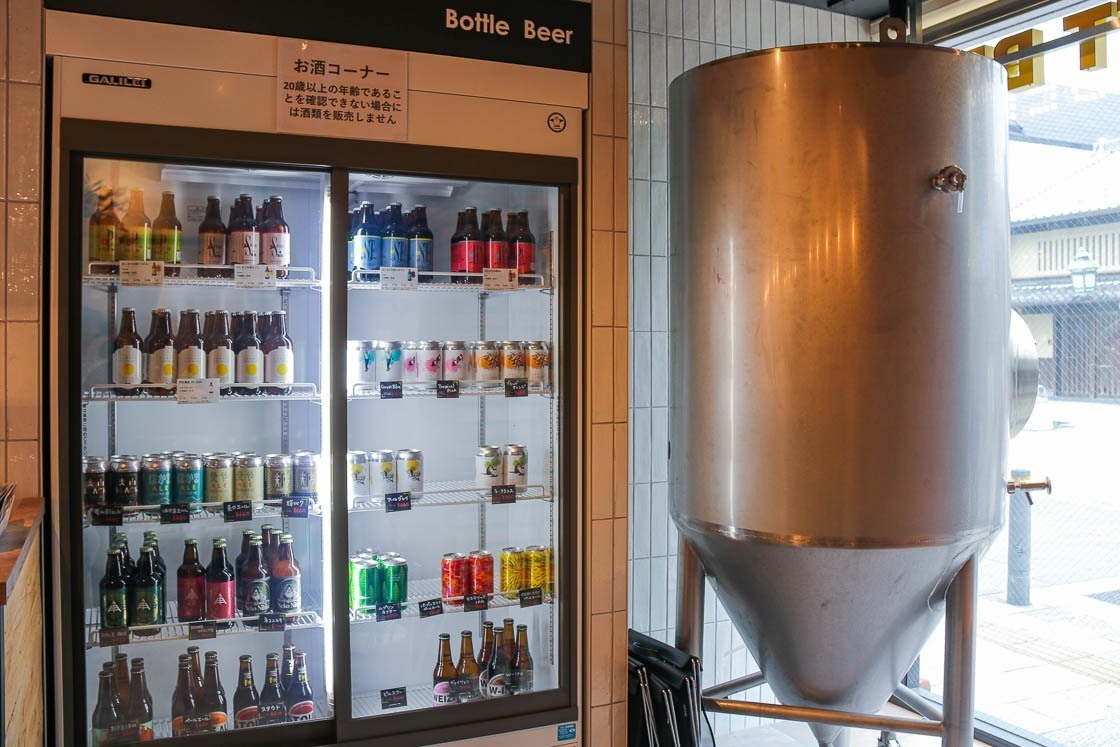
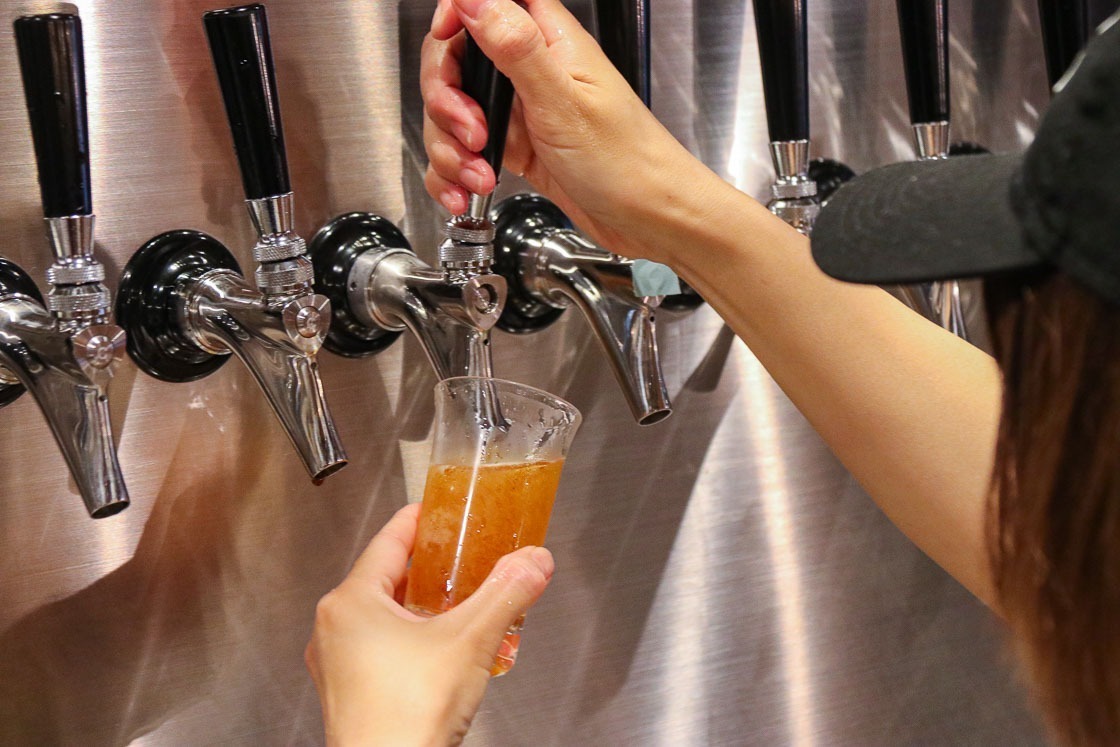
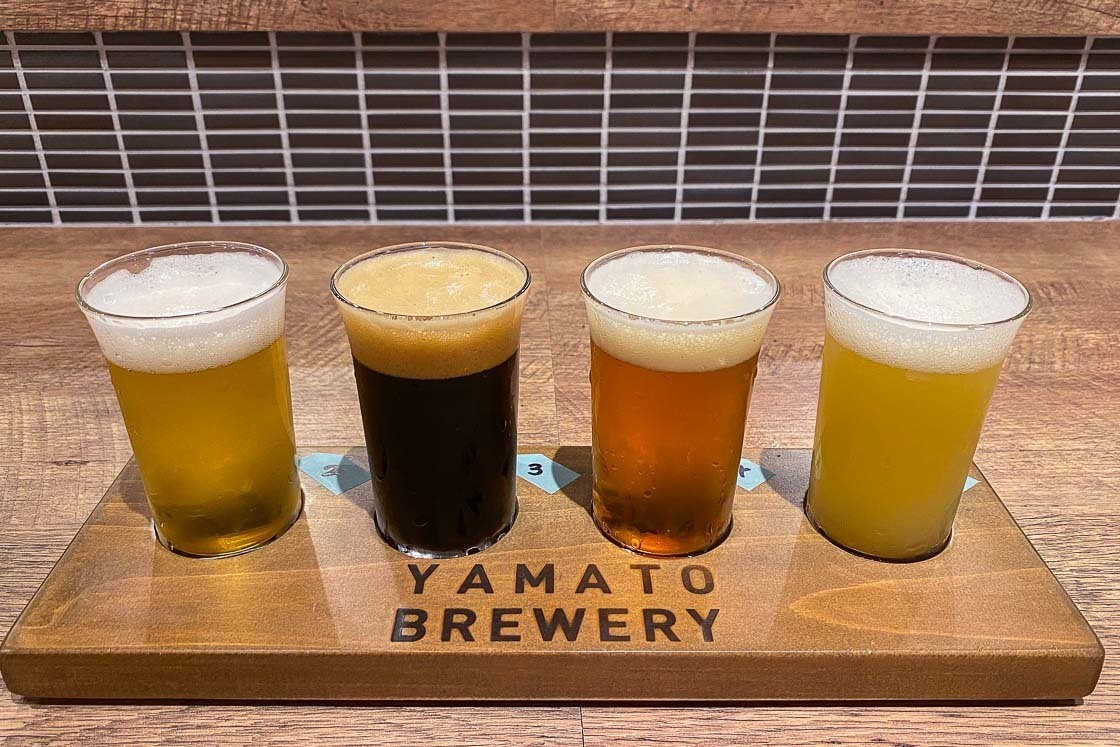
Access
Multiple trains connect Nara with Kyoto and Osaka. Operated by Kintetsu Railway, the Sightseeing Limited Express "Aoniyoshi" is a comfortable way to travel to Nara. There is one round trip per day departing from Osaka-Namba Station (1410 yen one way) and four round trips from Kyoto Station (1490 yen one way). Advance seat reservations are required to take the "Aoniyoshi" train, and they can be made over the counter in person or online from the official ticketing website.
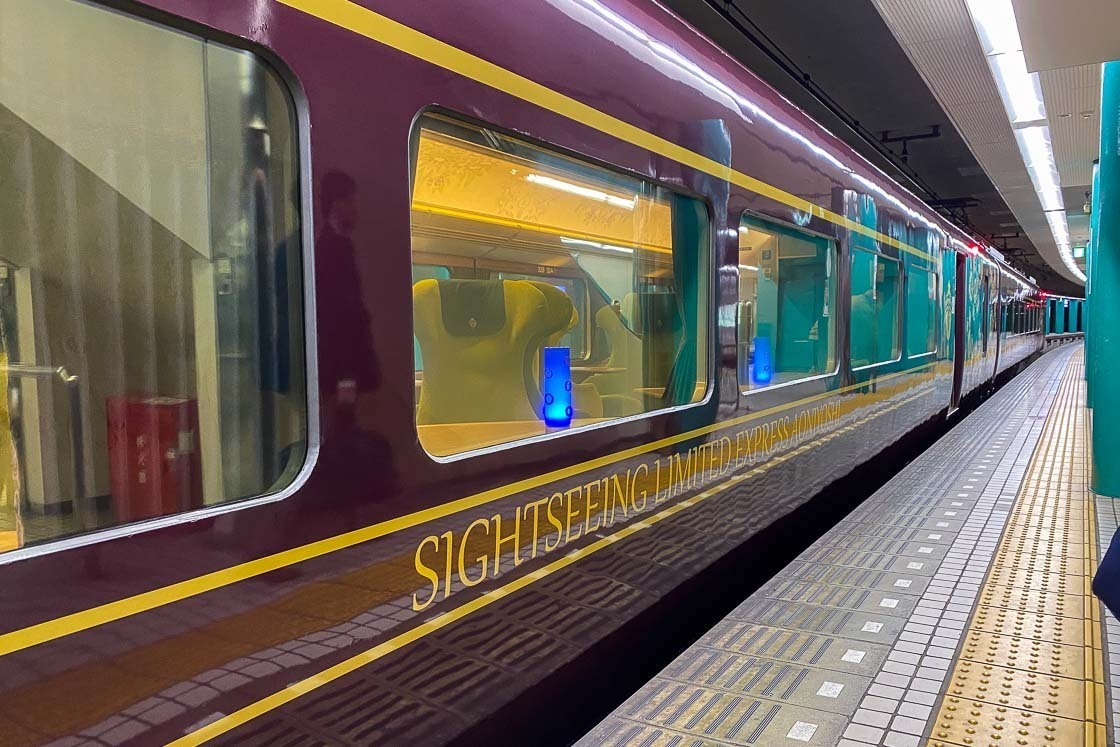
Kintetsu-Nara Station is within walking distance to the spots visited in this itinerary. Local buses and taxis provide an alternative to walking. Below are the approximate walking times between the spots.
Day 1
- Kintetsu-Nara Station to Kofukuji Temple: 10 minutes
- Kofukuji Temple to Todaiji Temple: 15 minutes
- Todaiji Temple to Kasuga Taisha shrine: 20 minutes
- Kasuga Taisha shrine to Kintetsu-Nara Station: 30 minutes
Day 2
- Kintetsu-Nara Station to Isuien Garden: 15 minutes
- Isuien Garden to Gangoji Temple: 20 minutes
- Gangoji Temple to Koshi no Ie residence: 5 minutes
- Koshi no Ie residence to Karakuri Toy museum: 5 minutes
- Karakuri Toy museum to Edogawa unagi restaurant: 5 minutes
- Edogawa unagi restaurant to Yamato Craft Beer Table Sanjo: 15 minutes
Nara City to Mikasa Ryokan
Mikasa Ryokan operates a service counter in the city near Kintetsu-Nara Station, from where a free shuttle service (departures at 14:45, 16:00, 17:00 and 18:00) takes staying guests to the hotel in about ten minutes. The shuttle service operates in the opposite direction going from the hotel to the station only in the morning (departures at 8:00, 8:40, 9:20, 10:00 and 10:40); buses can stop near Todaiji and Nara Park upon request.
Guests can store their luggage for free at the service counter before and/or after their stay.
Links
- Where to eat and where to shop - List of shops and restaurants conveniently located near Kintetsu Railway stations in Osaka, Kyoto and Nara.
- Edogawa - Page about the unagi restaurant on Tripadvisor
- Yamato Craft Beer Table - Page about the craft beer brewery on Tripadvisor
- Mikasa Ryokan - Official English website
